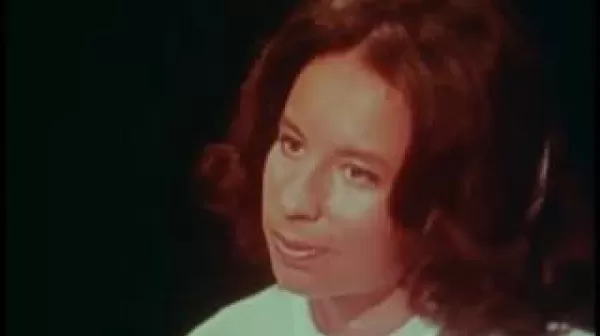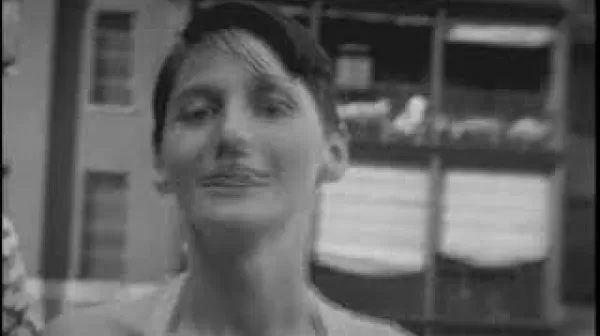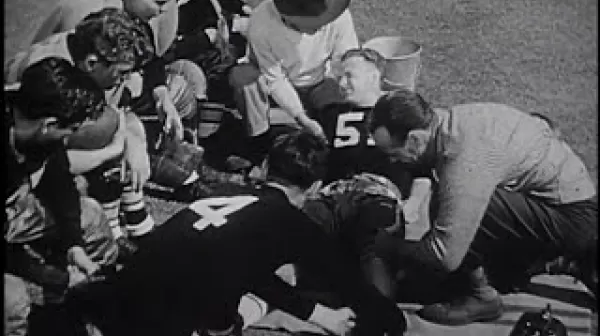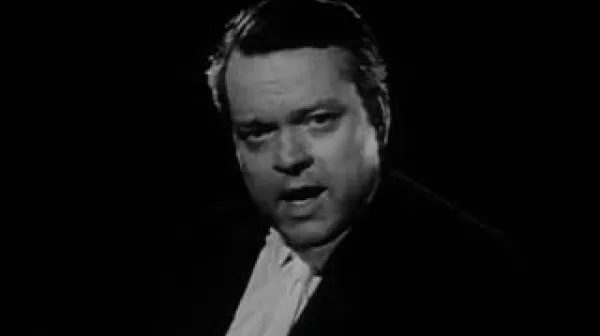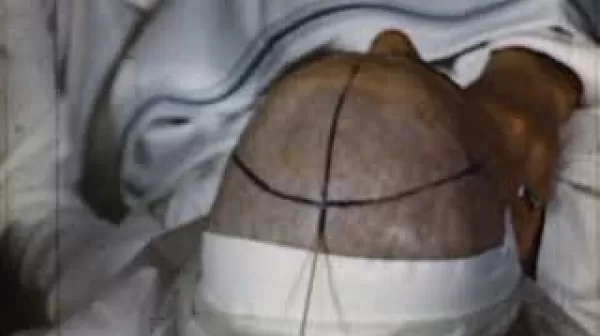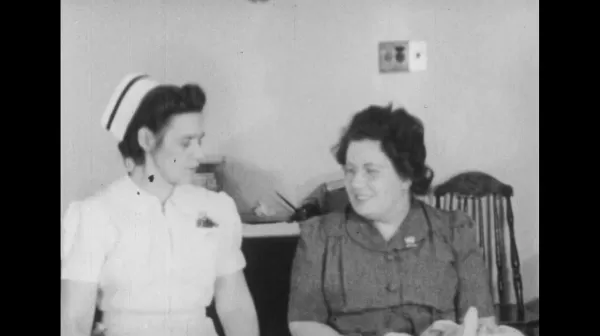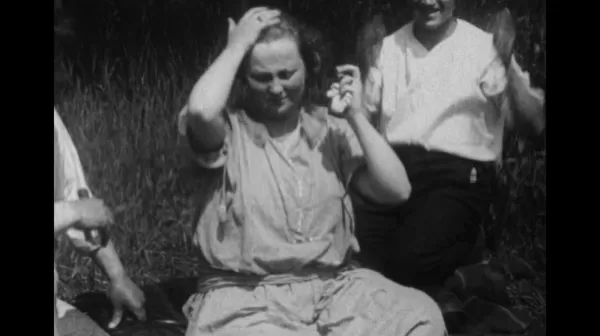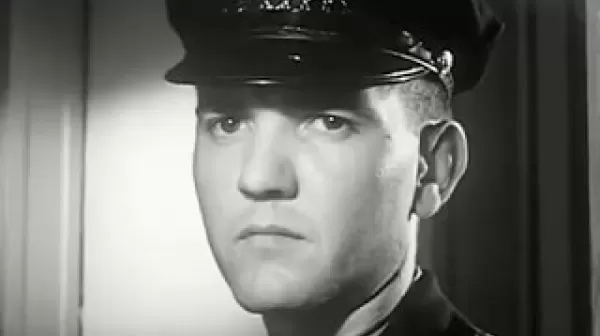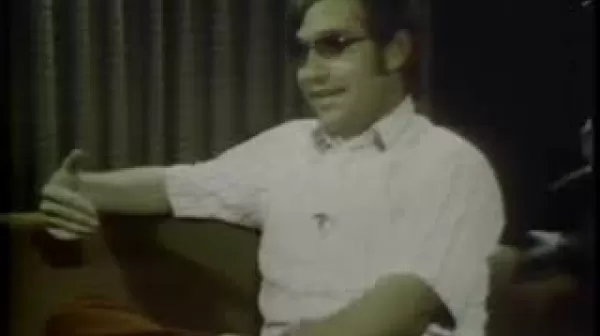Bill and Sue: A Co-therapy Approach to Conjoint Sex Counseling (A.B.and B.A. Chernick, 1973)
This presentation demonstrates a co-therapy approach to conjoint sex counseling with simulated interviews with the couple and the aid of diagrams and graphs. This program stresses the importance of each member receiving support from the therapist of his own sex. Drs. Avinoam and Beryl Chernick, in addition to their role of sex counselors, also assume the roles of the patients, Bill and Sue Williams. The Williamses have been married three weeks and were referred by their minister for sex counseling.

